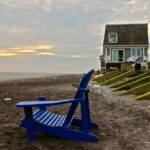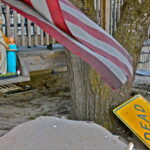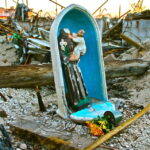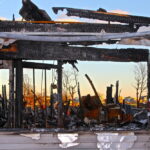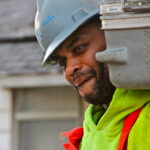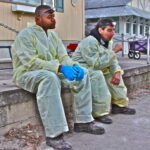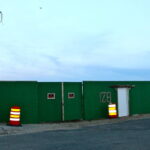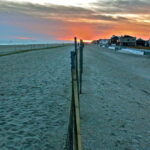Shored Up: The Aftermath of Hurricane Sandy at the Rockaway Peninsula

On October 29, 2012, a surge of water a thousand miles long smashed into New York City. Magnified by the melting ice sheets, Sandy became the largest Atlantic hurricane ever to hit the U.S mainland.
A month after Sandy struck, I drove to the Rockaway Peninsula, a thin finger of land that points like a warning out to sea. Rockaway took the brunt of the hurricane’s force, and also came to tell what locals call “the tale of two Sandys.”
Rockaway is divided in two. At its western tip lies Breezy Point, an upscale, gated community. Stretching to the east is the drab dereliction of the high-rise towers of Far Rockaway. I wanted to see for myself, on this tiny spit of land, how Sandy had not only punched a hole in climate denial, but also exposed the inequality and broken infrastructure from decades of deregulation and political neglect.
When I returned to Breezy Point two years later, the roads were gated. I asked a woman walking her dog for directions, but she shouted: “You can’t come in! You aren’t allowed! You have no permit!” Her voice rose in strange panic, as if she were warding off, not my intrusion, but some faceless thing behind me: a wave massing on the far horizon that no amount of shored-up sand could bar.
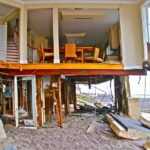
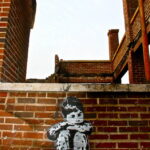

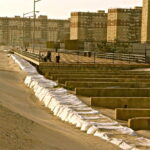
Featured Image: Flimsy fences restrain walkers, but will the raised dunes hold back the sea? (November 2014)
Anne McClintock is a writer and photographer who holds the Simone de Beauvoir Professor of English and Gender Studies at UW-Madison. She is the author of Imperial Leather: Race, Gender and Sexuality in the Colonial Contest. Her work has appeared in PMLA, The New York Times, The Guardian, Critical Inquiry, Transition, Guernica, The Nation, The Village Voice, and Truthout, among others. Her forthcoming book is Imperial Ghosting: Perpetual War in the Twilight of U.S. Power (Duke U.P.). Contact.
